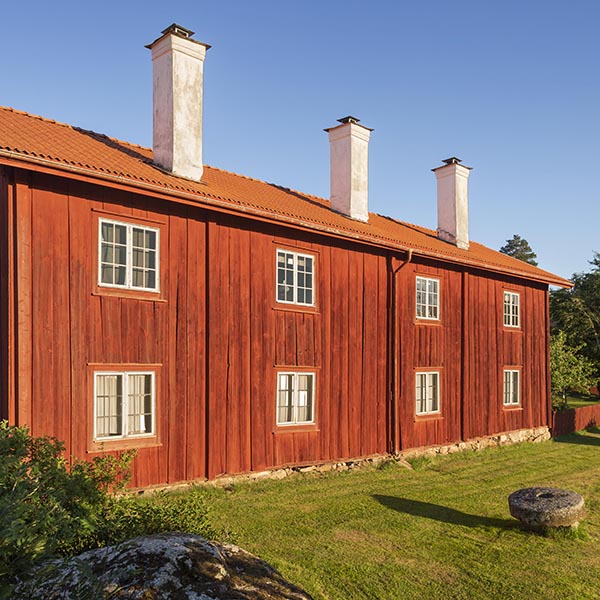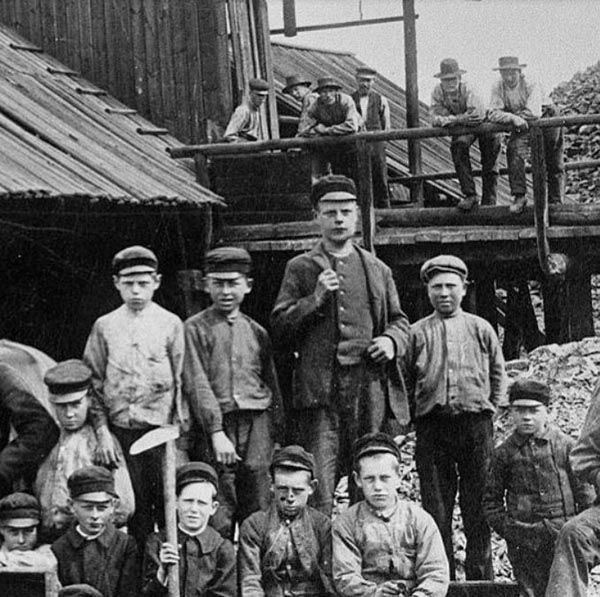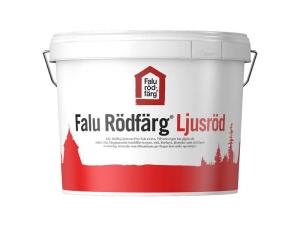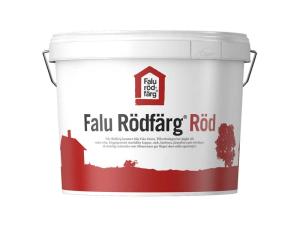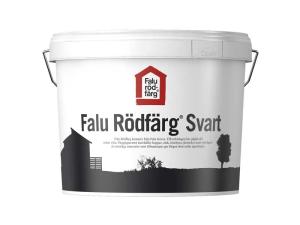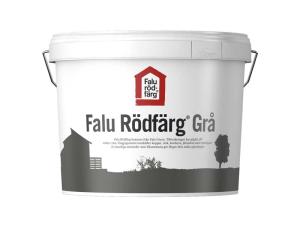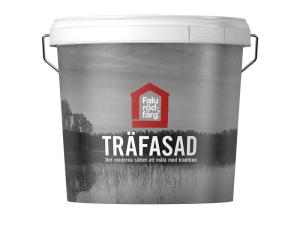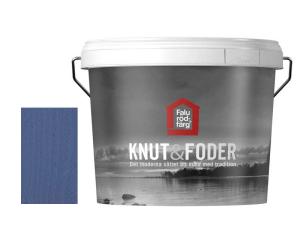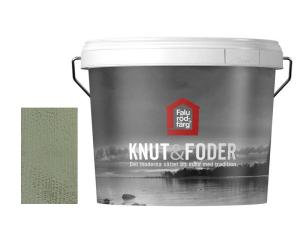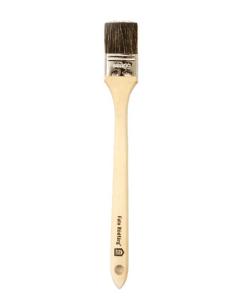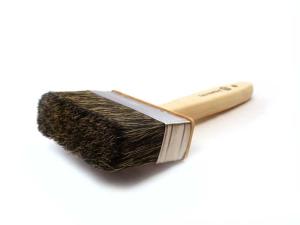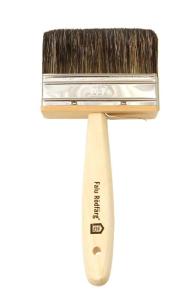Inspiration - Falu Rödfärg
Learn more about the swedish paint brand Falu Rödfärg!
Watch this product and we will notify you once it is back in stock.
Inspiration - Falu Rödfärg
Learn more about the swedish paint brand Falu Rödfärg!
✓ Low shipping fee
✓ Personalized support
✓ 30-day return policy
✓ Personalized support
✓ 30-day return policy
Description
Deliveries
- Shipping cost is based on weight, volume, and shipping method and is calculated at checkout.
- Items in stock are shipped from us within 2-5 business days.
- For customers outside the EU (excluding Norway), local taxes, duties, and customs fees may apply depending on your country's regulations, and will then be billed by the carrier.
Returns
- You have the right to cancel your purchase and make a return within 30 days from when you received your item.
- When invoking the right of withdrawal, you as the customer are responsible for the return shipping cost.
- For returns of pallets (bathroom porcelain, tiles, cast iron stoves etc.) and long goods (floors, moldings, trim, stucco, etc.), the return shipping is booked locally and can therefore be higher than the delivery cost.
- Special rules apply to custom-made goods and lumber, read more under our complete terms and conditions.
- Always contact support before making a return and if you have questions about our terms of purchase.
Complete Terms of Purchase

